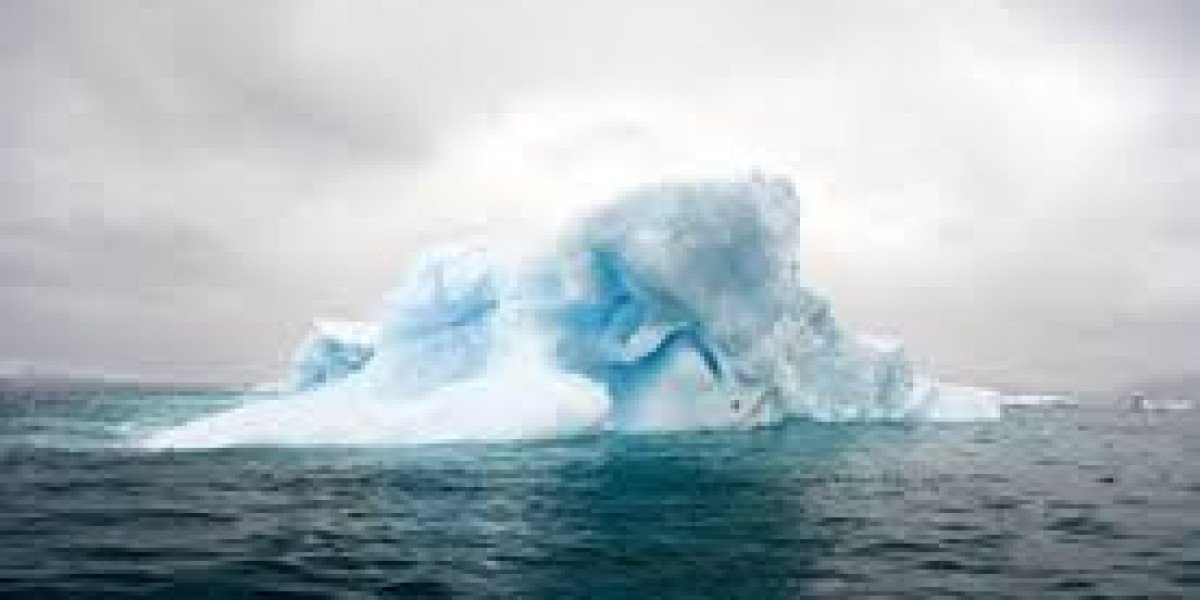Barnacles, those seemingly innocuous crustaceans that adhere tenaciously to ship hulls, underwater structures, and even marine animals, play a far more complex role in the maritime world than one might initially think. While they might appear as simple nuisances, barnacles are key players in the phenomenon known as biofouling. This article delves into the secret lives of barnacles and the crucial field of biofouling inspection, unraveling the intricate interplay between these creatures and their environments.
Understanding Barnacles: Biology and Behavior
Barnacles belong to the subclass Cirripedia within the class Crustacea. They are unique among crustaceans for their sessile lifestyle, permanently attaching themselves to hard surfaces. The life cycle of a barnacle begins as a free-swimming larva, known as a nauplius, which eventually metamorphoses into a cypris larva. This cypris larva seeks out a suitable surface on which to settle, using chemical cues and surface textures to determine the best location.
Once settled, barnacles secrete a strong adhesive substance that firmly anchors them to the chosen substrate. This adhesive, a marvel of natural engineering, remains a subject of extensive scientific study due to its remarkable strength and durability, even in harsh marine environments. After attachment, the barnacle undergoes a final metamorphosis into its adult form, characterized by a calcareous shell made up of several plates.
Barnacles feed by extending feathery appendages called cirri from their shells to filter plankton and other small particles from the water. This filter-feeding lifestyle contributes to their persistence and proliferation in various marine habitats, from the intertidal zones to the deep sea.
The Impact of Biofouling
Biofouling refers to the undesirable accumulation of microorganisms, plants, algae, and animals, such as barnacles, on submerged surfaces. This phenomenon poses significant challenges in maritime industries, affecting everything from the performance of vessels to the integrity of underwater structures.
Economic Costs
Biofouling is a costly problem for the maritime industry. The accumulation of barnacles and other organisms on ship hulls increases drag, leading to higher fuel consumption and increased greenhouse gas emissions. The rough surface created by these organisms can reduce a vessel's speed by as much as 10%, necessitating more frequent maintenance and cleaning. The global cost of biofouling to the shipping industry is estimated to be in the billions of dollars annually.
Environmental Impact
The increased fuel consumption due to biofouling contributes to higher carbon dioxide emissions, exacerbating climate change. Additionally, biofouling can facilitate the spread of invasive species. When ships travel from one region to another, they often carry with them barnacles and other organisms that can colonize new environments, sometimes with devastating effects on local ecosystems.
Structural Integrity
For underwater structures such as oil rigs, pipelines, and bridges, biofouling can lead to increased corrosion and structural weakening. The weight and pressure exerted by accumulated biofouling organisms can compromise the integrity of these structures, posing safety risks and necessitating costly repairs and inspections.
Biofouling Inspection: Techniques and Technologies
Given the significant impact of biofouling, regular inspection and maintenance are critical. Biofouling inspection involves a range of techniques and technologies designed to detect and assess the extent of fouling on submerged surfaces.
Visual Inspections
One of the simplest methods of biofouling inspection is visual assessment. Divers or remotely operated vehicles (ROVs) equipped with cameras can inspect submerged surfaces and document the presence of biofouling organisms. While this method provides immediate and direct observations, it is limited by visibility conditions and the subjective nature of visual assessments.
Ultrasonic Testing
Ultrasonic testing is a non-destructive technique that uses high-frequency sound waves to detect biofouling. By sending ultrasonic waves through a material and measuring the reflected signals, inspectors can identify changes in the material's properties caused by biofouling. This method is particularly useful for detecting fouling within the layers of composite materials used in ship hulls and underwater structures.
Laser Scanning
Laser scanning technology provides high-resolution, three-dimensional images of submerged surfaces. By measuring the time it takes for laser beams to reflect off surfaces, this technology can create detailed maps of biofouling accumulation. Laser scanning is highly accurate and can cover large areas quickly, making it a valuable tool for comprehensive inspections.
Acoustic Doppler Current Profilers (ADCPs)
ADCPs measure the speed and direction of water currents, which can influence the distribution and growth of biofouling organisms. By understanding current patterns, inspectors can predict areas more susceptible to fouling and target these areas for more frequent inspections and maintenance.
Biofouling Sensors
Advances in sensor technology have led to the development of biofouling sensors that can be deployed on underwater structures and vessels. These sensors detect the presence of fouling organisms by measuring parameters such as biomass, chlorophyll concentration, and surface roughness. Real-time data from these sensors can help operators make informed decisions about when and where to perform maintenance.
Preventing and Managing Biofouling
In addition to inspection, effective biofouling management involves preventive measures and cleaning techniques to minimize the impact of fouling.
Antifouling Coatings
Antifouling coatings are specialized paints applied to submerged surfaces to prevent the attachment of biofouling organisms. These coatings contain biocides that deter the settlement of barnacles and other organisms. However, traditional antifouling coatings can have environmental drawbacks due to the release of toxic substances into the water.
Foul-Release Coatings
Foul-release coatings are an environmentally friendly alternative to traditional antifouling paints. These coatings create a slippery surface that makes it difficult for organisms to attach and easier for them to be removed by water movement. Foul-release coatings are particularly effective for reducing drag and maintaining the performance of high-speed vessels.
Regular Cleaning
Regular cleaning of submerged surfaces is essential to manage biofouling. Techniques such as high-pressure water jets, mechanical scrubbing, and underwater robots equipped with brushes are commonly used to remove fouling organisms. Regular cleaning not only helps maintain the performance and integrity of structures but also reduces the risk of invasive species spread.
Electrochemical Methods
Electrochemical methods involve the application of electric currents to submerged surfaces to deter biofouling. By creating an inhospitable environment for fouling organisms, these methods can prevent attachment and growth. Electrochemical antifouling systems are particularly useful for protecting underwater sensors and instrumentation.
The Future of Biofouling Inspection and Management
As technology advances, the future of biofouling inspection and management promises even more sophisticated and effective solutions. Innovations in materials science, robotics, and data analytics are likely to play a significant role in the evolution of this field.
Smart Coatings
Researchers are developing smart coatings that can respond to environmental conditions and actively prevent biofouling. These coatings may incorporate nanoparticles, enzymes, or other agents that release antifouling compounds in response to the presence of fouling organisms. Smart coatings could offer more targeted and efficient protection compared to traditional methods.
Autonomous Inspection Systems
Autonomous underwater vehicles (AUVs) and drones equipped with advanced sensors and imaging technology are set to revolutionize biofouling inspection. These systems can conduct regular inspections without human intervention, providing continuous monitoring and rapid response to fouling incidents. The integration of artificial intelligence (AI) enables these vehicles to analyze data in real-time and make informed decisions about maintenance and cleaning.
Predictive Analytics
The use of predictive analytics and machine learning algorithms can enhance biofouling management by predicting fouling patterns and optimizing maintenance schedules. By analyzing historical data, environmental conditions, and operational parameters, these systems can identify high-risk areas and recommend proactive measures to prevent fouling.
Eco-Friendly Solutions
Environmental sustainability is a growing concern in biofouling management. Researchers are exploring eco-friendly solutions such as biodegradable antifouling coatings, natural repellents derived from marine organisms, and non-toxic cleaning methods. These innovations aim to minimize the ecological footprint of biofouling management while maintaining effectiveness.
Conclusion
The secret lives of barnacles reveal a fascinating interplay between these resilient creatures and the maritime world. While barnacles are often viewed as pests, their role in biofouling highlights the complex challenges faced by the maritime industry. Through advanced inspection techniques and innovative management strategies, we can mitigate the impact of biofouling, ensuring the efficiency and sustainability of maritime operations. As technology continues to evolve, the future holds exciting possibilities for more effective and environmentally friendly solutions to the age-old problem of biofouling.
 AdBlock Detectado
AdBlock Detectado








